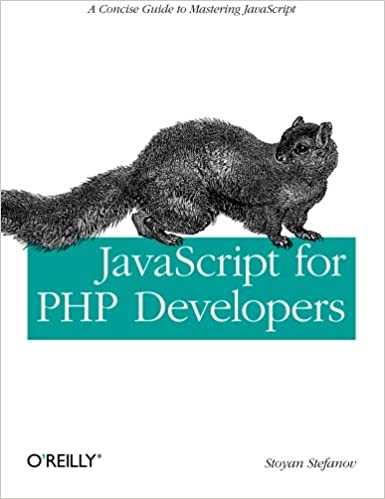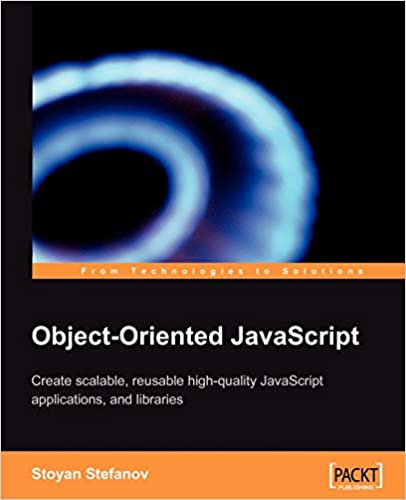Writing readable code means proper indentation. Usually you'd tab (or use 2 or 4 or 3 spaces) after every curly bracket. Something like this:
if (true) { // indent if (false) { // another indent // and some more } }
Same goes when you have a bigger hash/object sort of thing:
var memememe = { name: 'Stoyan', family_name: 'Stefanov', blog: 'https://www.phpied.com', kids_count: 2, books_count: 3, occupation: 'programmer' }
Sometimes I find myself going a little fancy and aligning all the values in the name/value pairs:
var memememe = { name: 'Stoyan', family_name: 'Stefanov', blog: 'https://www.phpied.com', kids_count: 2, books_count: 3, occupation: 'programmer' }
But recently, inspired by Firebug's Net panel way of presenting header information, I tried aligning the keys to the right in addition to aligning the values to the left. So I ended up with something like this:
var memememe = { name: 'Stoyan', family_name: 'Stefanov', blog: 'https://www.phpied.com', kids_count: 2, books_count: 3, occupation: 'programmer' }
Fancy, eh? I liked the way it looks. But then I thought that when writing maintainable code, anything fancy suggests uncommon, uncommon suggests that other team members won't be using it, so it means breaking the rule #1 of writing maintainable code: be predictable. (this also happens to be rule #1 of other common activities, such as driving on the highway and designing usable web sites)
This type of formatting is also not easy to type in an editor, so it will require a little more effort. Those two drawbacks are enough, I believe, to dismiss this idea. But I can't help myself liking the way the code looks. Here's a piece of PHP, which looks even better than javascript, because even more characters are centered.
$memememe = array( 'name' => 'Stoyan', 'family_name' => 'Stefanov', 'blog' => 'https://www.phpied.com', 'kids_count' => 2, 'books_count' => 3, 'occupation' => 'programmer' );
Ain't that cool?




